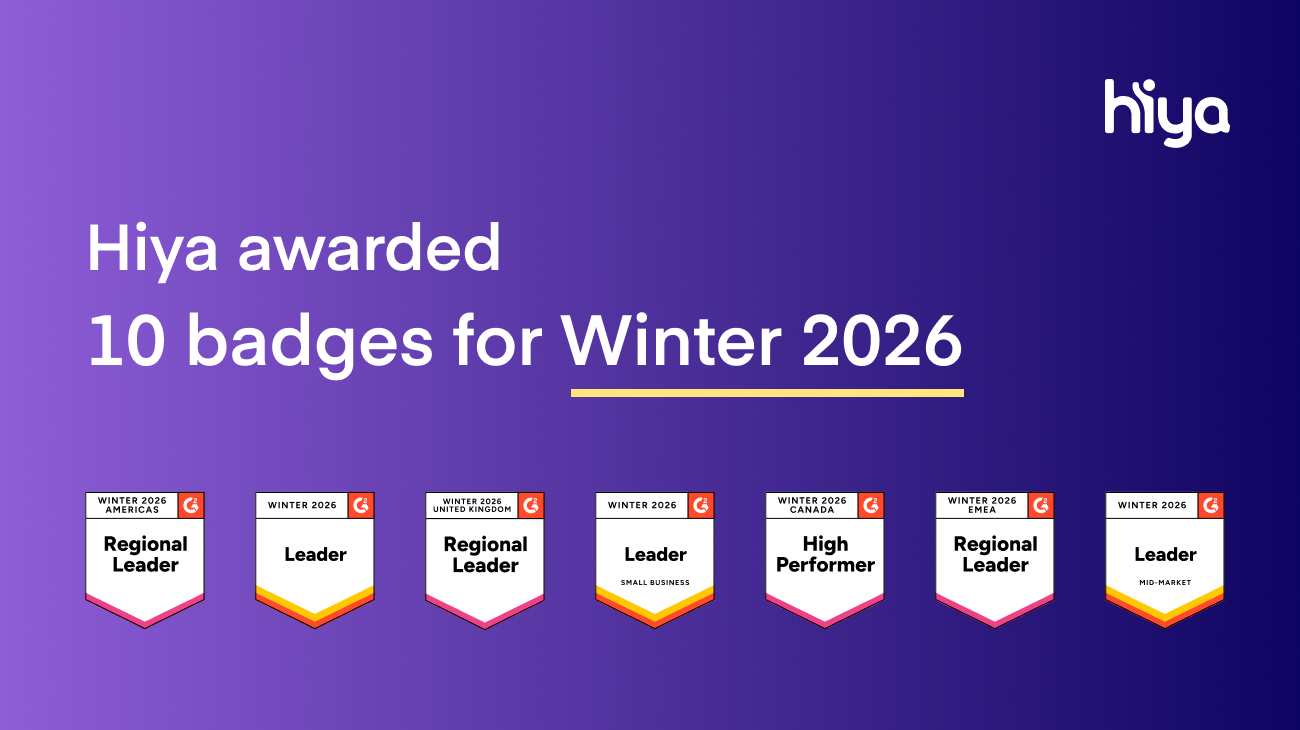-Feb-29-2024-11-05-20-2756-PM.png)
In an era where digital communication is paramount, recent policy shifts in email spam protection by giants like Gmail, soon to be echoed by Yahoo, signal a turning tide. This shift has sounded an alarm for organizations globally, especially those that hinge their sales and marketing strategies on outbound emails.
But it's not just emails under the microscope; the voice channel, a cornerstone of sales calls, is also now sharing the spotlight. Voice continues to be the go-to choice for consumers to receive the most essential communications.
Worldwide, workers across multiple industries report that the usage of phones has increased by 50% year-over-year, and 42% report they predict that usage will increase in the next year. The voice channel's importance is amplified with stricter regulations, but so is the potential fallout from neglecting call reputation management.
The implications are significant for businesses engaged in high-volume outbound activities, whether for sales or customer service. Imagine a world where voice communications are subject to the same stringent requirements as emails. The impact on outbound call operations could be profound, necessitating reevaluating strategies to maintain compliance and effectiveness.
Types of calls customers want to receive from businesses
Among the myriad of calls businesses make, three types stand out in their significance to nurturing positive customer relationships.
- Arrival and delivery notifications: Missing a call about a last-mile delivery can be a major inconvenience for customers. Whether it's a driver needing directions or access to a building, these calls are pivotal in the order fulfillment process, making their delivery and reception essential.
- Appointment reminders and follow-ups: Whether it's a nudge to confirm a delivery window or a follow-up call after an appointment, these communications play a vital role in maintaining customer engagement and ensuring smooth service delivery.
- Warm lead follow-up, renewals, and customer retention: Reaching out to existing or lapsed customers with new offers is a common practice, but in an environment where unsolicited calls are increasingly viewed with suspicion, ensuring these calls are welcomed and recognized is more critical than ever.
The solution for better customer communications
The overarching challenge is the prevailing skepticism towards unrecognized calls, often perceived as spam or fraud. In fact, 87% of consumers believe unidentified calls may be fraudulent. This wariness poses a unique challenge for businesses trying to connect with customers anticipating their call but wary of answering unknown numbers.
The solution lies in ensuring clarity and recognition in customer communications. Knowing what your customers see when you call can make all the difference between a successful connection and a missed opportunity.
For example, Hiya Connect's branded caller ID can display your verified information and call intent to help consumers make more informed decisions. By measuring and tracking call duration before and after branded caller ID, you can better understand how to improve the quality of your answered calls, enhance your caller answer rates, and uphold your reputation.
How Hiya helps
As the digital communication landscape continues to evolve with tighter spam protection policies, businesses must adapt how they manage emails and approach voice communications.
Ensuring your calls are recognized and welcomed by customers is not just about avoiding the spam label; it's about maintaining trust, efficiency, and the effectiveness of your outreach efforts. As we navigate these new waters, vigilance and adaptation are the keys to sustaining connections in a world wary of unsolicited communication. Find out how your business shows up when making outbound calls with a free call inspection.



